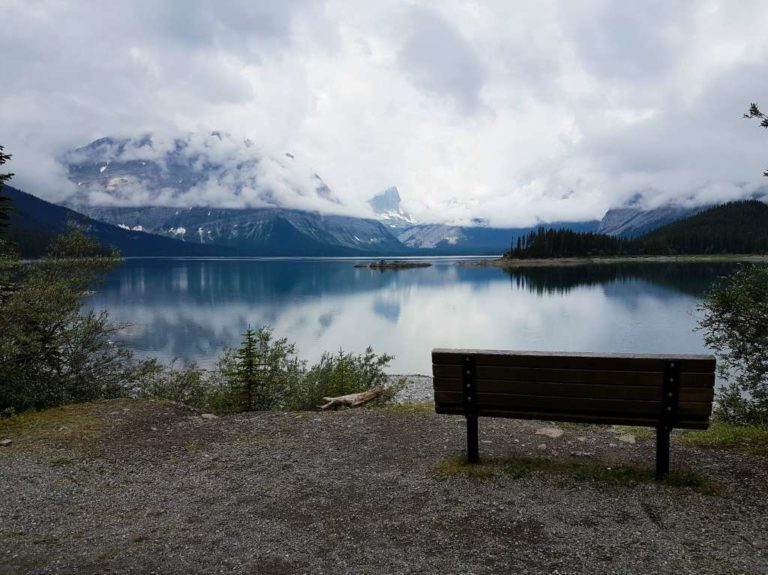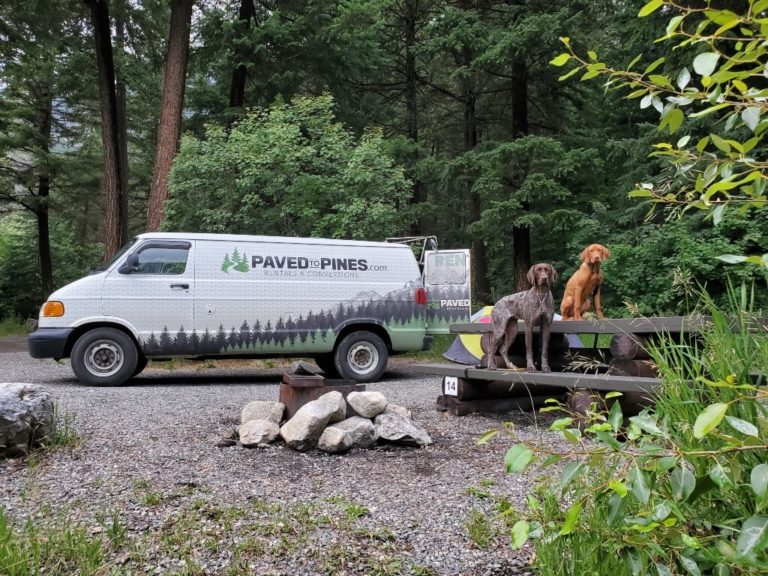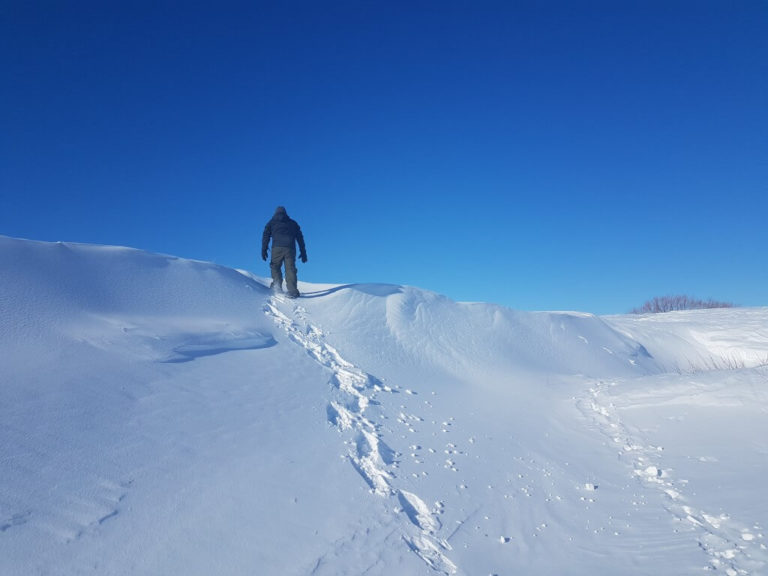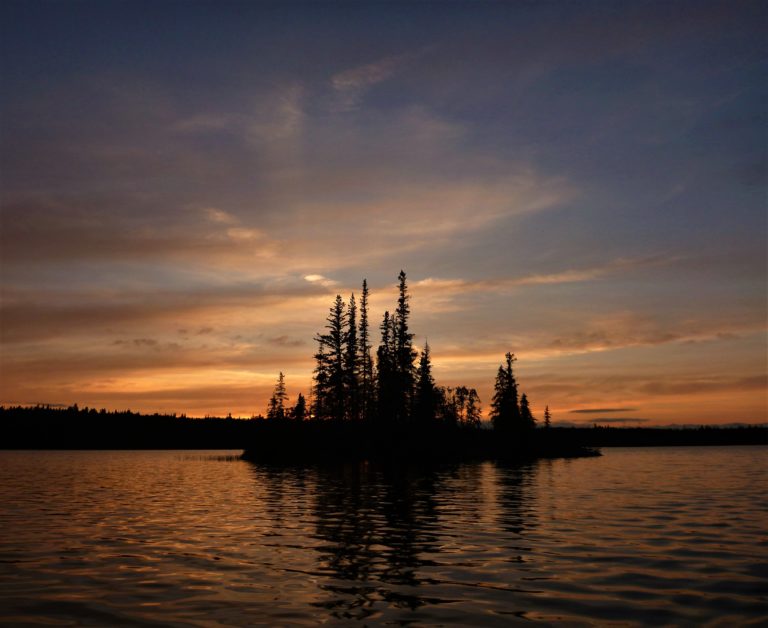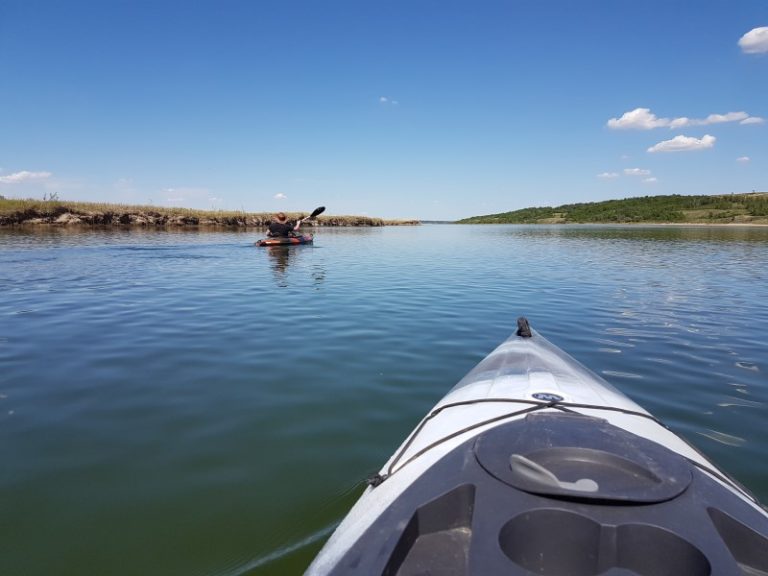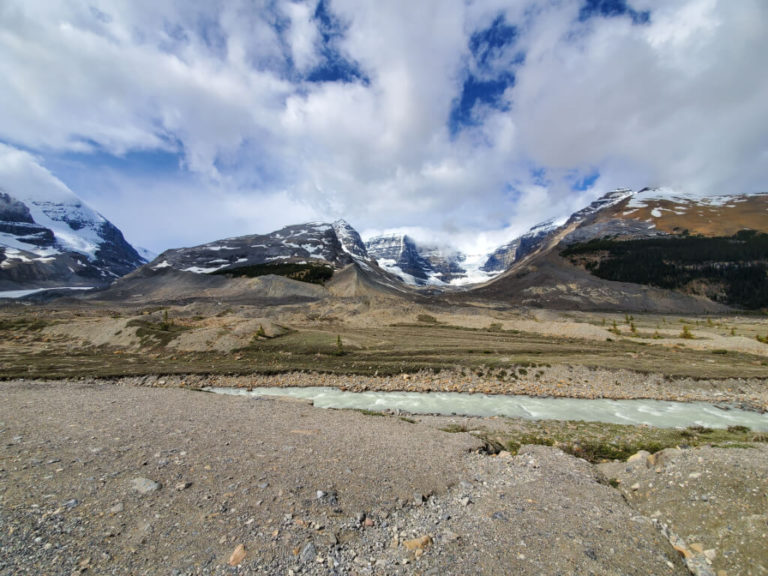BACKCOUNTRY PADDLING 101: TRIP PLANNING
Backcountry paddling is basically the water-based version of backpacking and involves traveling through remote wilderness areas by human-powered watercraft.
This could be done in a canoe, kayak, paddleboard, or raft. It could involve day trips or multi-day adventures on lakes, rivers, or oceans. It could be a fairly low-key, relaxing getaway or a full-on, expedition-level adventure.
This post may include affiliate links. As an Amazon Associate I earn from qualifying purchases. Find more info in my privacy policy.
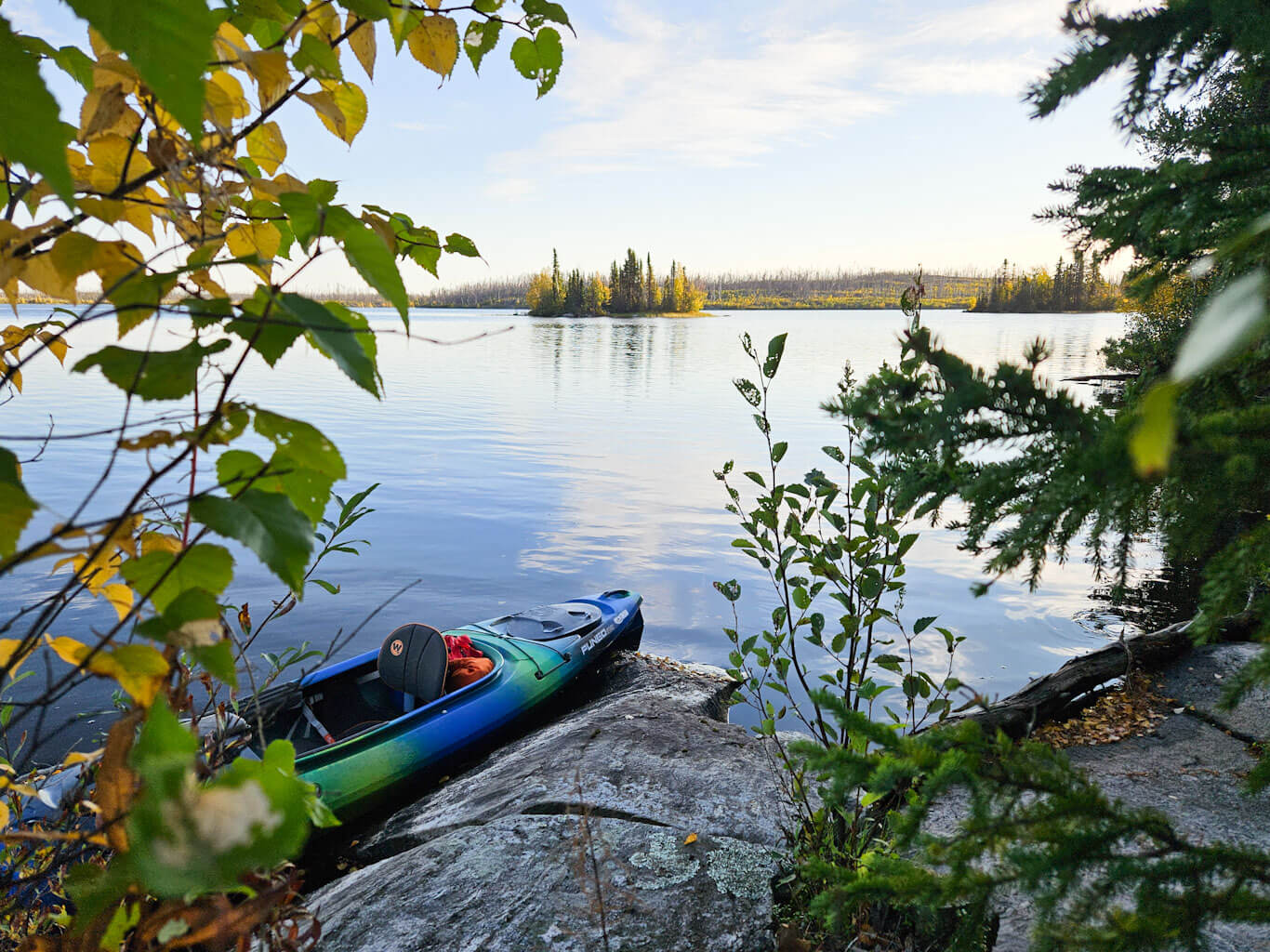
Regardless of what you’re looking to tackle, backcountry paddling can be an awesome way to get outside, immerse yourself in nature, and experience places otherwise inaccessible.
However, the remoteness of the backcountry and the inherent risk involved in activities like this mean it’s necessary to go into it fully prepared and knowledgeable.
I put together this Backcountry Paddling 101 series as a resource for anyone looking to experience the backwaters safely.
Today, we’ll be talking all about trip planning.
For more on everything you need to know about backcountry paddling, check out the other posts in the series:
Trip planning is arguably the most important part of any paddling trip.
While we can never fully know what Mother Nature has in store for us as we head out into the wilderness, gathering as much information as possible before hand will make your paddling experience safer and more enjoyable.
Backcountry paddling trips can range from an overnight jaunt not too terribly far from civilization, to extended wilderness expeditions in extremely remote areas. Regardless of the type of trip, there are many things to think about during the planning phase.
It can seem overwhelming at first.
In this post we’ll break down all the things you’ll need to consider throughout the planning process to help you feel more prepared and confident.
STEP ONE: SET GOALS AND ASSESS SKILL LEVEL
Many of the decisions you need to make during the trip planning phase will become much easier once you determine the skill level and goals of yourself and anyone else on the trip.
Start by asking yourself these questions:
What are you looking to get out of the trip?
Maybe you’re looking to explore a certain region, to challenge yourself, or to relax in nature.
As mentioned, backcountry paddling trips can be as simple or epic as you want them to be. Knowing what you are looking to accomplish will greatly narrow down your options.
Really think about the “why” behind wanting to do a backcountry paddling trip, and what you would need in order to feel like you accomplished your goal.
What is my current fitness, experience, and skill level?
Be honest with yourself.
Consider things like your physical ability to paddle long days or complete challenging portages; your technical skills when it comes to things like navigation, handling rapids, and reading tide charts; as well as your knowledge and ability in dealing with rugged, remote conditions and extended exposure to the elements.
If you are relatively new to the backcountry, new to paddling, or if it’s been a long time since you hit the water, consider starting with a short overnighter and building up slowly to longer and more challenging trips.
Another option is to join a guided tour to get a feel for backcountry paddling before diving into an independent trip.
Take some time to think about the questions above. Write down your answers and have all members of your group do the same. Be honest with each other on what you are comfortable with and what you are looking to accomplish. Having these discussions now can be the difference between an awesome trip-of-a-lifetime and a conflict-ridden disaster.
If you’re planning to go solo, factor that into your answers and consider how each aspect of the trip will be alone.
If you are taking children or pets along, think about how this will impact what you can expect of the trip and be sure to prioritize safety.
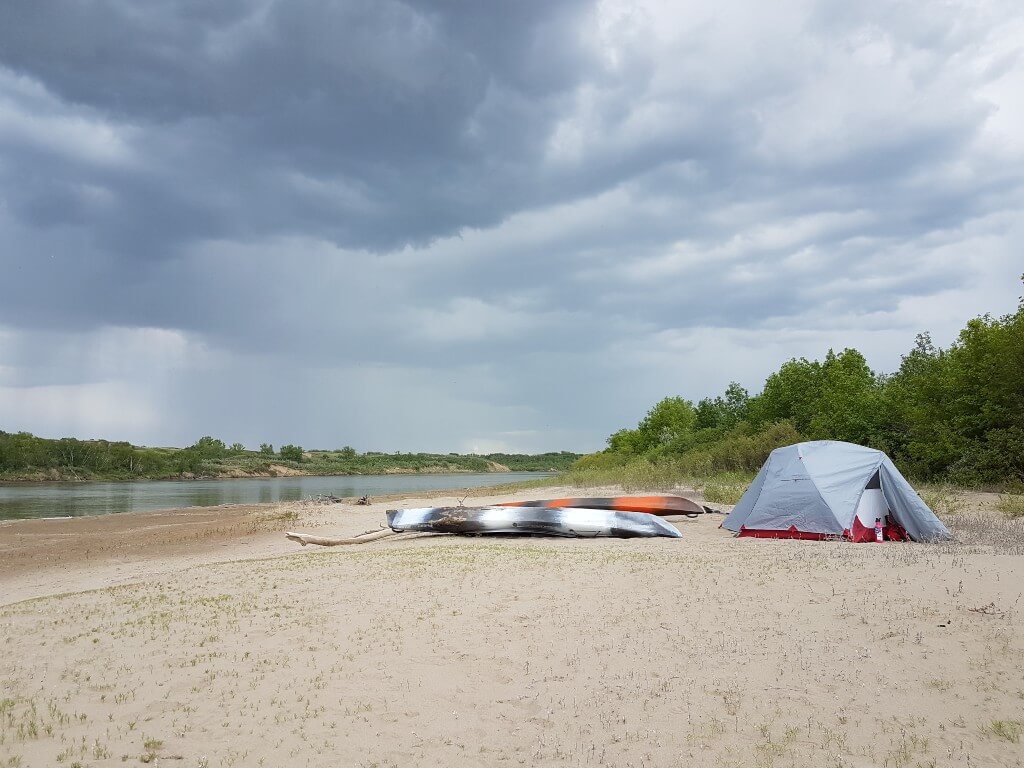
STEP TWO: CHOOSE A ROUTE
Where you paddle will be determined by a number of things such as: level of difficulty, distance, time required, goals, and skill level.
Your answers from the questions in step one should be your starting point as you begin to research potential routes and look at the specifics of your options.
While researching, consider the following:
DIFFICULTY
Determining the difficulty of a route can be tricky as it is influenced by multiple factors including:
- distance paddled (per day and overall)
- number, distance, and ruggedness of portages
- weather
- remoteness
- and presence of potential hazards
Potential hazards to think about include:
- Water conditions (currents, rapids, swell, tides, temperatures, etc.)
- Weather conditions (are storms common? Is there the possibility of flash flooding? Extreme winds?)
Be wary of taking generalized “difficulty ratings” at face value. These are sometimes subjective and based on the person making the rating. Do some thorough research and find out what elements of the route make it difficult and what that means for you.
DISTANCE AND TIME REQUIRED
When calculating the time required to complete the trip, think about how many hours per day you are willing and able to paddle. This will help you estimate the distance you can cover.
Paddling speed is impacted by wind, water conditions, currents, fitness level, gear load, choice of watercraft, and many other factors.
A very general speed for an average paddler in calm waters is about 5 kilometers per hour (3 miles/hour). This is a good place to start when calculating distances and time required for the trip. But remember, this number can vary greatly depending on the factors above. Also keep in mind if you’ll be able to maintain that speed and distance over multiple successive days.
Be sure to factor in the potential for wind-bound days and rest days, if needed.
Remember that the length of trip also impacts the amount of gear and food that will need to be carried, and thus the weight of your boat.
ACCESSIBILITY AND REMOTENESS
You’ll also want to consider how accessible the route is.
This includes:
- where put-in and take-out spots are located,
- how they are accessed, and
- how remote the route is.
Are shuttles available, or will you need to leave a vehicle at the take-out or arrange other transportation? Will you be entirely secluded, or will you have relatively easy access to cell service, communities, and emergency services? Will you have to restock supplies along the route and, if so, are there communities with goods available or will you have to cache resupply packages?
Choosing a route is obviously a very important part of trip planning. Spend a little extra time on researching possible routes. Read about others’ experiences and talk to locals and those with knowledge of the area to get a feel for what you might be in for.
STEP THREE: DECIDE WHEN TO GO
Once you have a route chosen, you have to pick a time to paddle it. Many popular paddling destinations have distinct seasons that will determine the best time to go.
Things to consider include:
Weather – you’ll want to know average air and water temperatures for that time of year as well as potential for storms and wind.
Length of day – find information on sunrise/sunset times to ensure you’ll have time to cover your daily distance, take breaks, and arrive in time to set up camp before dark.
Other seasonal considerations – Is the water dangerously high or low at certain times? Does the area have a “bug season”? Is there a particularly busy time of year for that route which may make campsites feel crowded? Is there seasonal animal activity that you should be aware of? Are there seasonal closures along the route?
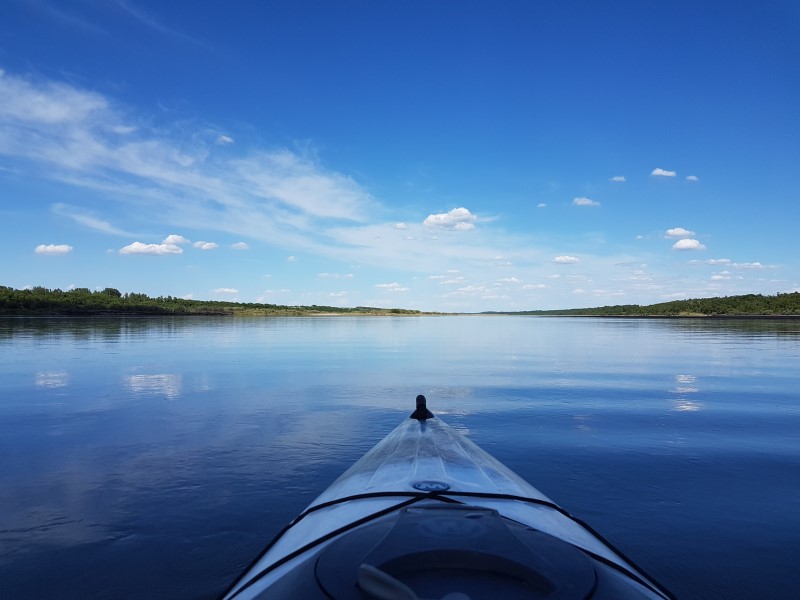
STEP FOUR: KNOW THE RULES
Many paddling routes pass through parks or other managed wilderness areas, most of which have rules and regulations in place. Be sure to determine the following well in advance of the trip:
- Do you need permits and/or reservations to paddle and/or camp in the area? If so, what is the cost and what are the deadlines for application?
- Are there bans in place? (fire, fishing, hunting, firearms, etc.)
- Are there limits to the number of people in a group?
- Are there designated backcountry campgrounds or will you be wild camping? Are there specific regulations for camping in the area?
- Are there any other rules or regulations specific to the area?
FINDING INFORMATION
Wondering where you’re going to find the answers to all these questions? Good places to find information on potential routes can be:
- Parks or organizations who manage the area
- Tourism boards
- Local outfitters
- Facebook groups and forums
- Paddling route database sites
- Books and blogs
PRO TIP: Stay organized while trip planning by working things out in legs. Keep notes, links to resources and a running to-do list in one place that’s easy to reference. I use a Google Drive doc – as a bonus, you can share the links with your group and keep everyone up to date!
There are a lot of things to think about when planning a backcountry paddling trip but doing a little research ahead of time can make preparing for and executing the trip much more enjoyable!
For more on everything you need to know about backcountry paddling, check out the other posts in the series:

